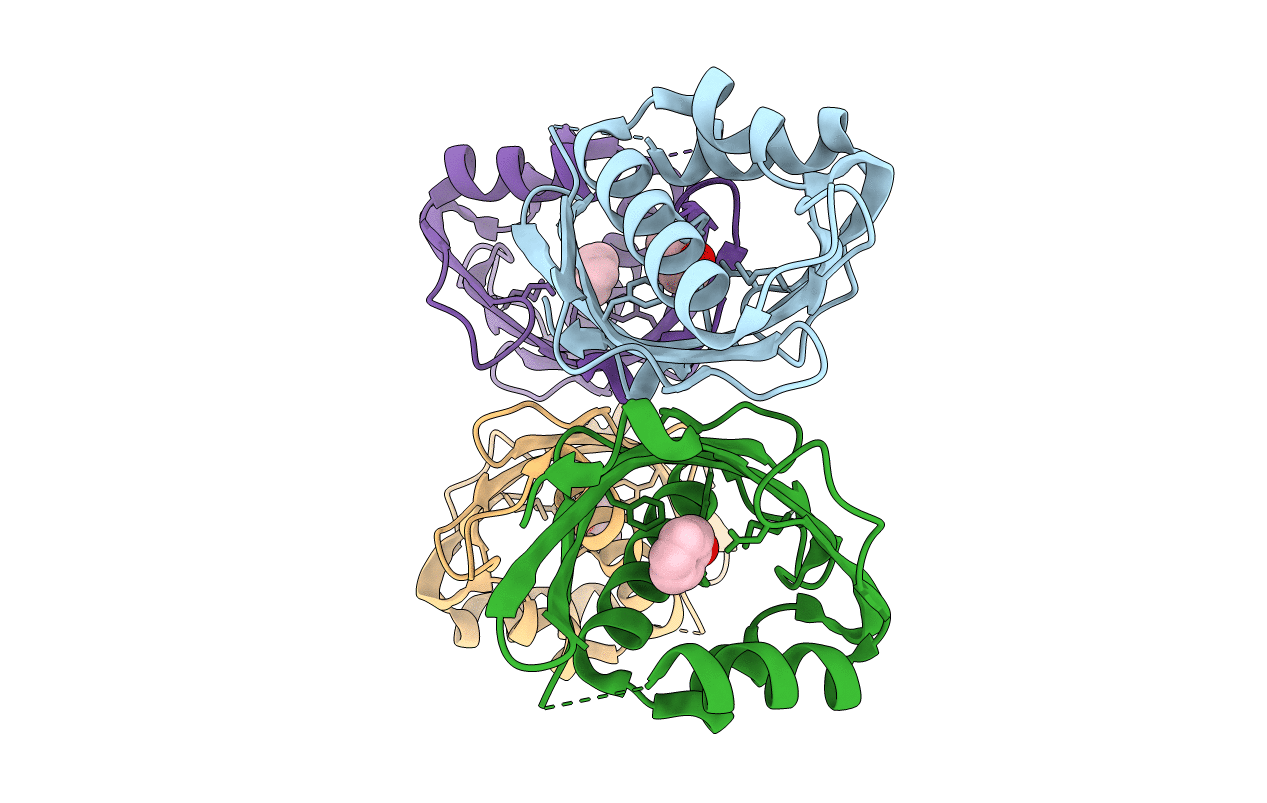
Deposition Date
2007-05-18
Release Date
2007-06-12
Last Version Date
2024-02-21
Entry Detail
PDB ID:
2PZV
Keywords:
Title:
Crystal Structure of Ketosteroid Isomerase D40N from Pseudomonas Putida (pksi) with bound Phenol
Biological Source:
Source Organism:
Pseudomonas putida (Taxon ID: 303)
Host Organism:
Method Details:
Experimental Method:
Resolution:
1.25 Å
R-Value Free:
0.22
R-Value Work:
0.18
R-Value Observed:
0.18
Space Group:
P 1


